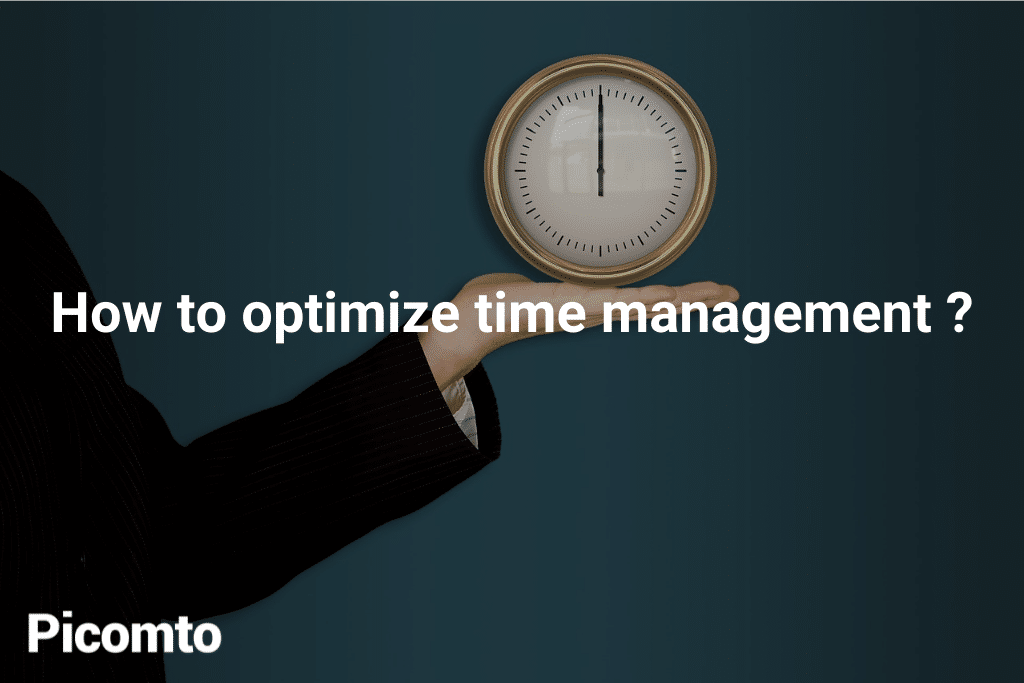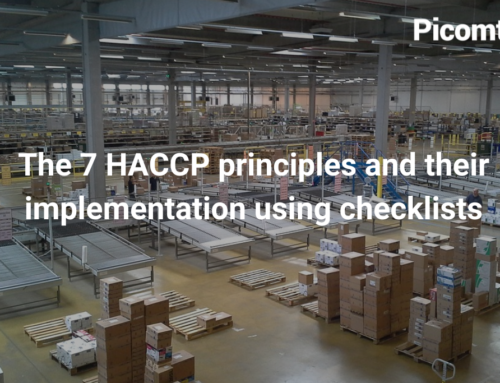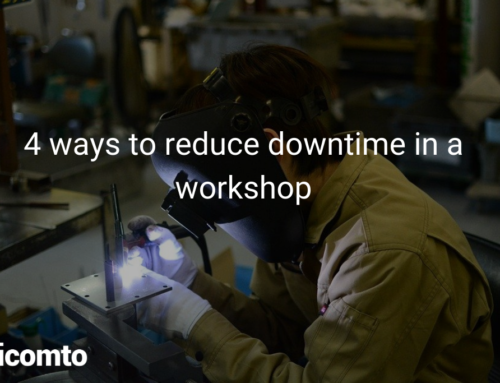
We note that industry is transforming and getting more and more complicated over the years. In fact, the industrial sector is more demanding, more competitive and more flexible. Hence, leaders of these industries are exposed to new challenges such as the digital transformation of management tools. At the same time, clients are more and more demanding. Indeed, they want products that are both innovative and of a high quality, at the lowest cost and in the shortest possible time.
In this respect, we understand that the concept of time is of a paramount importance in the industrial sector. In this article, we will show you how to improve time management of processes within a workshop.
1. Improving processes and procedures
It should be noted that in the industrial world, manufacturing time appears to be an essential measuring instrument for company managers. In fact, manufacturing time is an indispensable element to determine costs including the financing flow of the company. It also allows to be useful in several departments such as payroll department, sales department as well as method department. However, in the management of a factory, the person in charge of the workshop is often confronted with an increasing number of problems such as:
- the problem of production data access in real time
- the manual data entry on the IT tool
- the unreliability of data
- poor planning of production operations
Therefore, it is important to optimize the management of production processes and information in the factory. This saves time in time management in the factory. This also involves a whole digital transformation process to enter the factory 4.0.
In addition, note that the management and calculation of process time in the workshop help to match each operation to a defined time. Also, they allow to measure personal yields as well as to detect low yields posts. Thus, this allows to set up the necessary measures and to make corrections and improvements within the factory.
2. Saving human efforts and reduction of unnecessary fatigue
In order to save effort and avoid unnecessary movement of your employees, it is highly recommended to use the Remote Expert. It is a technology that calls in remote experts to solve a precise problem.
As it is both intuitive and secure, this solution ensures remote assistance and avoids unnecessary movements of experts and subcontractors. As a result, an expert will be able to intervene by Visio-assistance in order to assist or train operators without having to move from his workstation. This avoids production downtime.
These Remote expert solutions are also used in training operations and newcomers to digital work instructions. On the other hand, this innovation helps to better share the knowledge of experts. As a result, this ensures the skills’ development of all employees through visual expertise.
3. Improving the use of materials, machines and workforce
Digitization saves time, improves the company’s productivity and the welfare of employees. However, it is not viewed favorably by employees. Indeed, digitizing certain tasks will inevitably lead to the disappearance of certain positions in the coming years.
Yet, digitization is beneficial in the day-to- day running of a workshop mainly in terms of saving time and the man-machine relationship.
Indeed, it helps to put an end to time-consuming operations, the origin of wasted time.
4. Development of a better physical work environment
Work environment is defined as the set of machines and humans likely to influence the employee’s tasks in his workplace. Note that it is made up of several components:
- the working environment
- position and work conditions
- corporate culture
- management
In order to develop a better physical work environment, company managers should set up different strategies. In fact, to facilitate collaborative work and reduce projects’ completion time, it is important to bring together all the work tools in the same space. It is necessary to think about digitizing work instructions in order to simplify the execution of tasks and have easy access to precise and accurate information in real time. This makes the operator more autonomous and efficient.
So, it is possible to say that as a company manager, improving the quality of life at work enables you to improve productivity.
The 5 S method
In this context, we will take the case of Toyota which has implemented the 5S method in its factories. The theory of 5S refers to five actions to be performed in order to improve the work environment. These are 5 action verbs encompassing the 5 essential tasks for a better work environment which are the following:
SEIRI (eliminating)
It is one of the first priorities of the 5S. In fact, you have to start eliminating all that you do not need. The important thing is to know what to keep and what to throw away.
SEITON (storing)
Storing is putting a tool in a specific place so you can find it quickly when you need it. This avoids wasting time looking for it.
SEISO (cleaning)
You should know that cleaning one’s work place and equipment go beyond the concept of cleanliness. In fact, the regular cleaning of machines and tooling is considered as the first step towards auto-maintenance. Very often, it is during cleaning that anomalies and premature wear are identified.
SEIKETSU (standardizing)
It is about setting storage, storing and cleaning rules. In other words, you have to maintain order by developing efficient procedures. This helps build the most accurate work structure so that each operator can appropriate it without unnecessary effort.
SHITSUKE (respecting)
It is necessary to adopt these rules with a focus on continuous improvement of the work environment.
Picomto is a tool that optimizes the use of resources. This solution is also able to reduce “skills gap” between generations by allowing self-training of operators. In addition, it helps locate and eliminate inefficiencies in manufacturing processes.






Leave A Comment